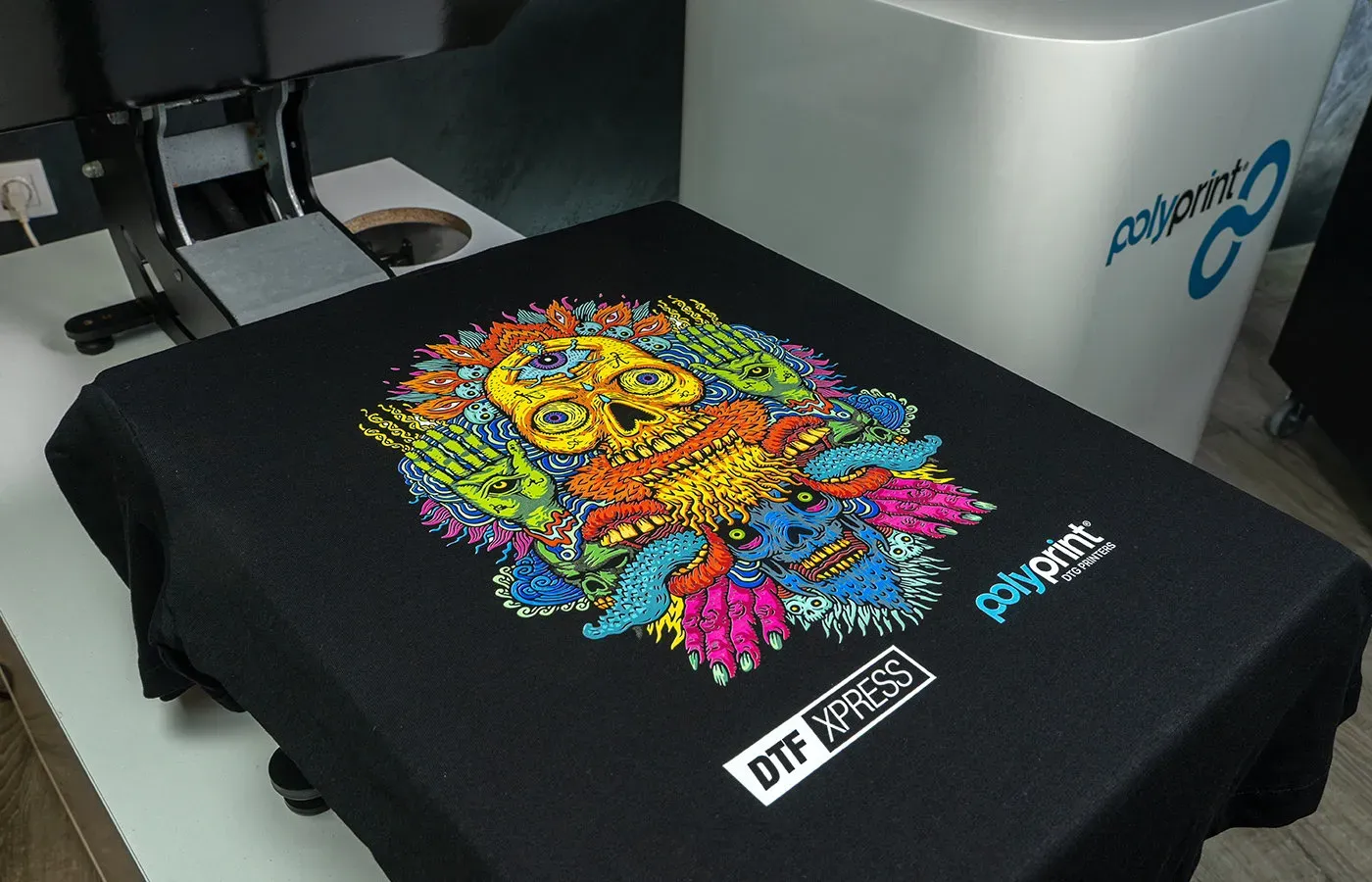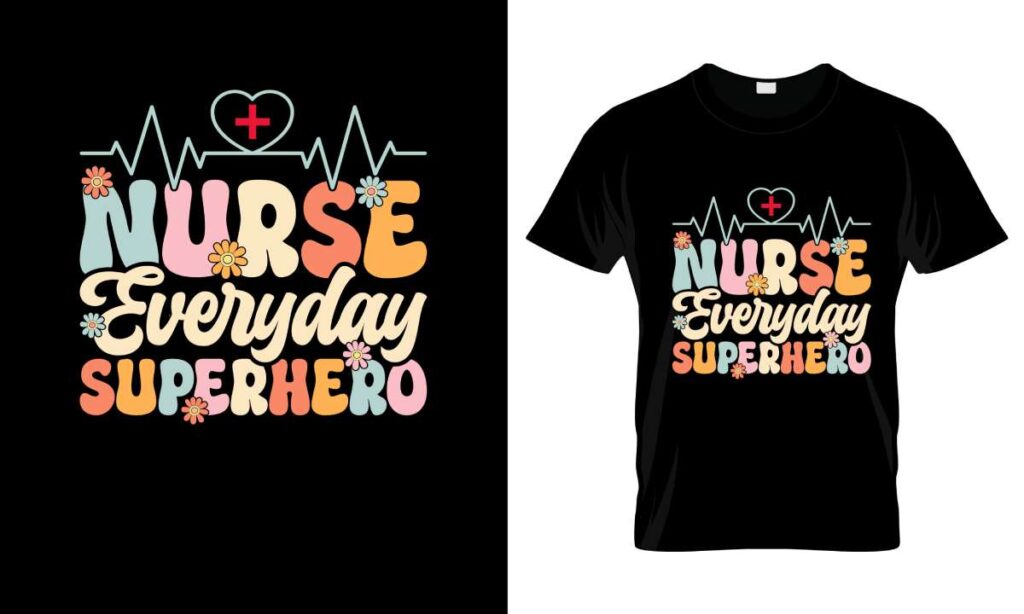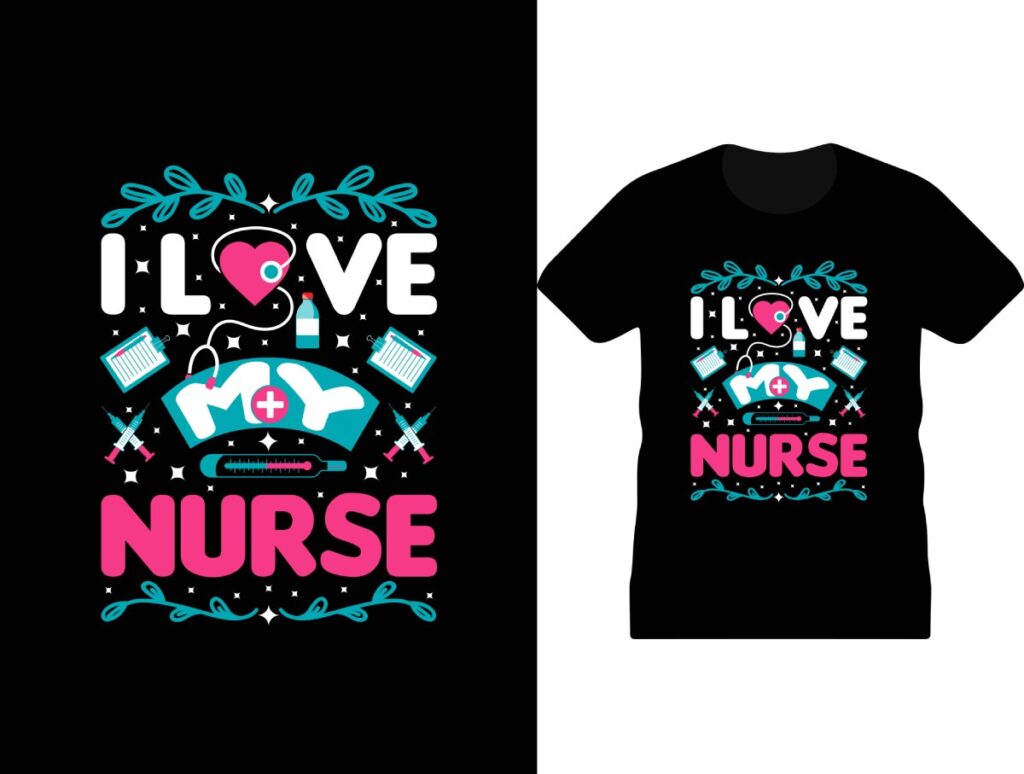The DTF printer, or Direct to Film printer, has become a game changer in the world of custom apparel printing, offering businesses an innovative way to bring their design ideas to life. This advanced printing technology allows for vibrant, high-quality images to be transferred onto fabrics, paving the way for stunning fashion products. However, with an extensive range of options available, knowing how to choose a DTF printer that suits your unique needs can feel daunting. This guide will illuminate the best DTF printers currently on the market, helping you navigate essential buying considerations while examining DTF printing technology’s many benefits. Whether you’re new to this technique or looking to upgrade your existing setup, expert DTF printer reviews can help inform your purchasing decision.
In the realm of textile printing, devices like the Direct to Film printer are redefining the industry standards for customization and quality. Known for their capability to print directly onto a special film, these printers are rapidly becoming essential tools for businesses that wish to offer personalized apparel options. The rise of digital film printing technology has made it easier than ever to achieve vibrant colors and intricate designs on a variety of materials. When exploring options for printing solutions, it’s beneficial to investigate not just the latest models but also the operational ease and efficiency that each offers. An informed approach to purchasing these advanced printers can greatly enhance your business’s creative output and market presence.
Understanding DTF Printing Technology
DTF printing technology has emerged as a revolutionary method in the world of custom apparel printing. This innovative technique allows vibrant designs to be printed directly onto a film, which is then transferred onto the desired fabric. The process involves using a specialized ink that adheres well to the film and subsequently to the textile, resulting in high-quality prints that are both durable and visually striking. This technology has gained popularity due to its ability to produce intricate designs with a level of detail that traditional printing methods often struggle to achieve.
The advancements in DTF printing technology also highlight the eco-friendly nature of the materials used. Many DTF printers utilize water-based inks that are less harmful to both the environment and the health of the operators compared to solvent-based alternatives. This shift towards more sustainable practices not only appeals to conscientious consumers but also helps businesses reduce their ecological footprint. As DTF printing technology continues to evolve, the industry can expect even greater improvements in quality, speed, and environmental impact.
Choosing the Best DTF Printers
When it comes to selecting the best DTF printers, it is imperative to consider specific features that align with your printing needs and business goals. High-resolution printing capabilities, for instance, are essential for producing stunning visuals that can attract more customers. Brands such as Epson and Roland offer models that are highly recommended in various DTF printer reviews, consistently delivering exceptional quality. Evaluating the features of different models allows businesses to make informed decisions, ensuring they invest in printers that offer reliability and efficiency.
In addition to brand reputation, performance metrics such as speed and cost-effectiveness play significant roles when choosing the best DTF printers. Some models may boast impressive printing speeds, enabling high volumes of production, while others focus on fine detail at a slower pace. The key is to find a balance that fits your operational demands. Reviews from previous users can provide valuable insights into how different printers perform in real-life scenarios, further informing your purchasing decision.
Key Factors: Cost of DTF Printing
The cost of DTF printing extends beyond the initial price of the printer, encompassing various ongoing expenses that can significantly impact profitability. It is essential to analyze not only the price tag but also the costs associated with inks, films, and maintenance of the DTF printer. Some printers may seem inexpensive at first glance but could require costly consumables, ultimately affecting your bottom line. Therefore, it is vital to conduct thorough research and compare the total cost of ownership across different products.
When evaluating the cost structure, consider the longevity and efficiency of the materials used with the DTF printer. Brands that offer economical consumable options, such as bulk inks or affordable films, can enhance the viability of your printing business. Ultimately, understanding the complete financial picture will allow you to choose a DTF printer that not only meets your immediate needs but also fosters long-term profitability.
Evaluating Speed and Efficiency in DTF Printing
In the fast-paced world of custom printing, speed and efficiency are paramount for meeting market demands. The speed of a DTF printer is typically measured in square feet per hour, and understanding these metrics can help you select a model that aligns with your production goals. For high-volume businesses that require large quantities of prints in a short period, opting for a faster machine with a robust output capability may be crucial to maintaining competitiveness.
However, it is important to balance speed with print quality. Some high-speed DTF printers may compromise finer details for efficiency, potentially impacting your finished product’s aesthetics. When evaluating potential printers, consider the types of designs you plan to produce and assess whether a faster model will meet your quality expectations. Engaging in user forums or reading comprehensive reviews can provide insights into how other businesses have successfully navigated the speed versus quality dilemma.
Importance of Brand Reputation and Reviews
The reputation of a DTF printer brand can be a decisive factor when making a purchase. Established brands such as Epson and Roland are often regarded as industry leaders due to their commitment to quality, reliability, and innovation. Consumers frequently rely on brand reputation as an assurance of durability and performance. Therefore, it is advisable to invest in printers from reputable companies to minimize the risk of operational issues down the line.
Additionally, customer reviews serve as a vital resource for assessing the performance of various DTF printers. Online testimonials can reveal valuable information about real-world usability, maintenance challenges, and the overall satisfaction of other users. Engaging with online communities or reading expert reviews will empower you to make a more informed decision when choosing a DTF printer, ensuring you select a model that meets your specific needs while upholding quality standards.
Simplifying the Setup of Your DTF Printer
Setting up a DTF printer should be a straightforward process, yet complexity can deter many users from optimizing their printing operations. Opting for a model that comes with user-friendly interfaces and clear instructions can alleviate common setup frustrations. Ensuring compatibility with your preferred design software is also essential to streamline the workflow from design to print, which can greatly enhance your productivity.
Support from the manufacturer is another critical component that can simplify the setup and ongoing maintenance of your DTF printer. Look for brands that offer comprehensive support resources, including easy-to-follow manuals and access to customer service that can assist with any potential issues. By prioritizing ease of use and reliable support, you can minimize downtime and maximize the effectiveness of your printing operations.
Frequently Asked Questions
How to choose a DTF printer for my business?
Choosing a DTF printer involves evaluating several key factors such as printing technology, quality, speed, cost of ownership, and ease of use. Begin by researching models that utilize high-resolution inkjet technology for vibrant prints. Assess your production needs regarding speed and capacity, then consider ongoing costs like ink and maintenance. Finally, look for user-friendly models with solid customer support and review brand reputations for reliability.
What are the best DTF printers available in 2023?
The best DTF printers of 2023 feature reputable brands such as Epson and Roland, known for their high-quality output and durability. Look for models that balance speed and print detail, fit your budget for consumables, and come with positive user reviews. Researching current comparisons and expert reviews can help you identify the top models that meet your specific printing requirements.
What is DTF printing technology and why is it important?
DTF printing technology is a revolutionary process that allows for vibrant designs to be printed directly onto a special film, which is then transferred onto various textiles. This technology is important because it offers high-quality prints with versatility across different materials, making it ideal for the custom apparel industry. Understanding this technology can help in choosing the right DTF printer to meet your specific printing goals.
What should I consider when buying a DTF printer?
When buying a DTF printer, consider factors such as printing technology, speed, cost of ownership including ink and films, and ease of setup. Additionally, think about the physical size of the printer to ensure it fits your workspace and can handle your design sizes. Researching brand reviews and comparisons can help inform your purchase decision.
Where can I find reviews of DTF printers?
You can find DTF printer reviews on specialized printing websites, forums, and e-commerce platforms. Websites like MyDTFPrinters and PrinterVendor frequently publish comparative reviews and user feedback, which can provide insights into the performance and reliability of various models. Engaging with communities on social media or industry-specific forums can also yield valuable perspectives from other users.
What are the ongoing costs associated with DTF printing?
Ongoing costs of DTF printing include expenses for inks, transfer films, and regular maintenance of the printer. Additionally, it’s important to factor in the cost of consumables, which can vary significantly between different DTF printer models. Conducting thorough research can help identify options that balance initial purchase price with long-term affordability to support your printing business.
| Key Considerations | Details |
|---|---|
| 1. Printing Technology and Quality | Understanding high-resolution inkjet technology; quality varies by brand. |
| 2. Speed and Efficiency | Measure in square feet per hour; balance speed and print quality. |
| 3. Cost of Printing | Consider both upfront costs and ongoing consumable expenses. |
| 4. Ease of Use and Setup | Look for user-friendly interfaces and software compatibility. |
| 5. Physical Size and Capacity | Examine the dimensions and design capacity for production. |
| 6. Brand Reputation and Reviews | Research brands like Epson and Roland; check user reviews. |
Summary
A DTF printer is a game-changing investment for businesses looking to thrive in the custom apparel market. The unique capabilities of DTF printing technology allow for vibrant, high-quality designs that can be transferred seamlessly onto various textile surfaces. When choosing the right DTF printer, it’s essential to consider factors such as printing technology, efficiency, ongoing costs, user-friendliness, physical size, and brand reputation. By focusing on these criteria, you can ensure that your choice aligns with your production needs and helps streamline operations. Thus, the right DTF printer can significantly elevate your business by enhancing product quality and expanding creative possibilities.



